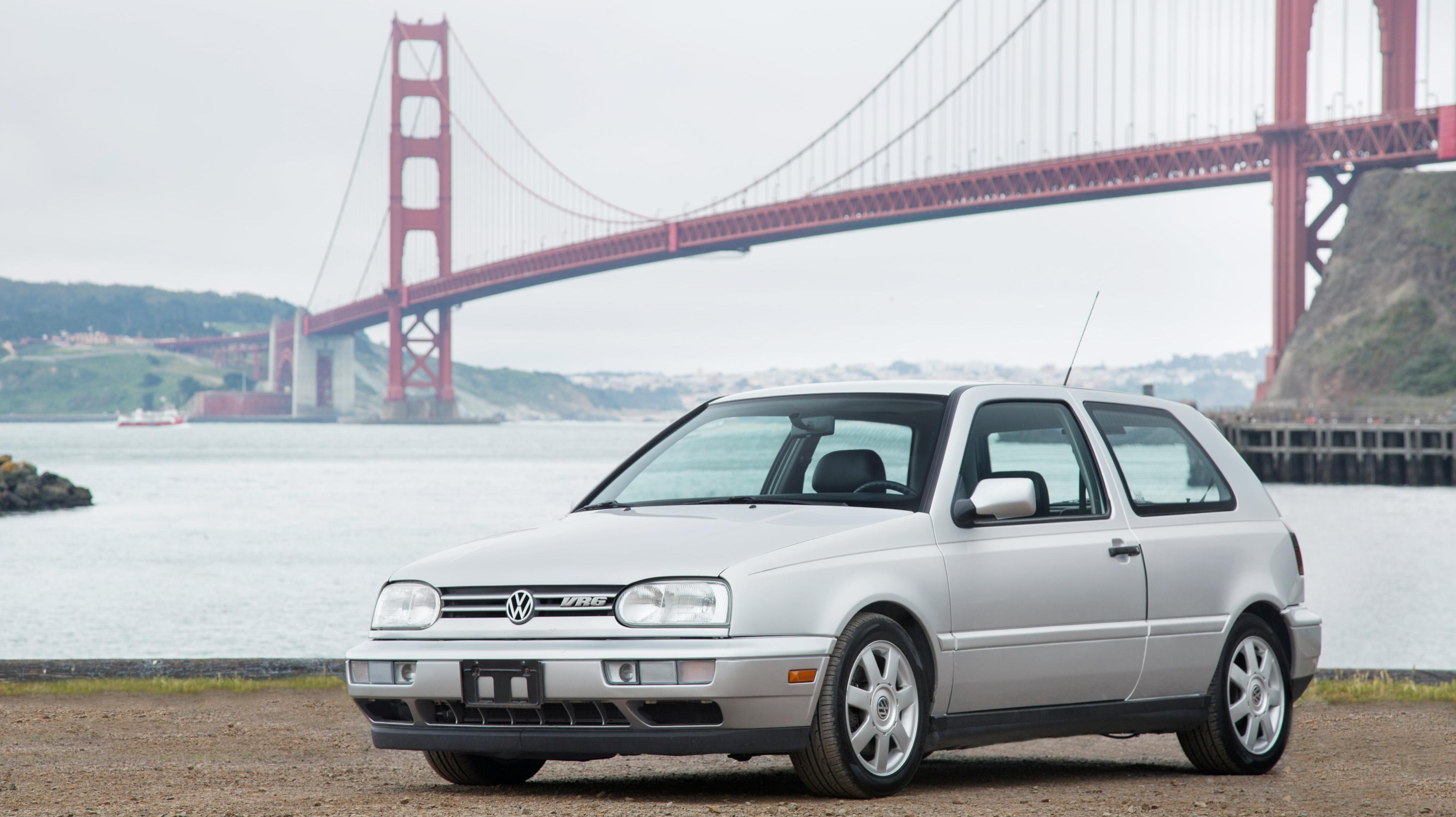Volkswagen's VR6 Engine Is 30 Years Old And Still Keeping It Weird
The engine may call itself just a V6 today, but it's more than that.
Nestled under the hoods of some Volkswagens — maybe even your own — is an engine that sometimes only identifies itself as a V6. It's a venerable engine fitted to famous cars, but one we've never really talked about on its own. Over 30 years after its creation, the Volkswagen VR6 is still a fantastic piece of engineering.
Last month, Volkswagen flew me out to Johnson Valley, California, to take a pair of ID.4s off-road. To get to the event I was handed the key to a crossover that confuses enthusiasts with its coupe-like roofline: a 2022 Atlas Cross Sport SEL Premium R-Line.
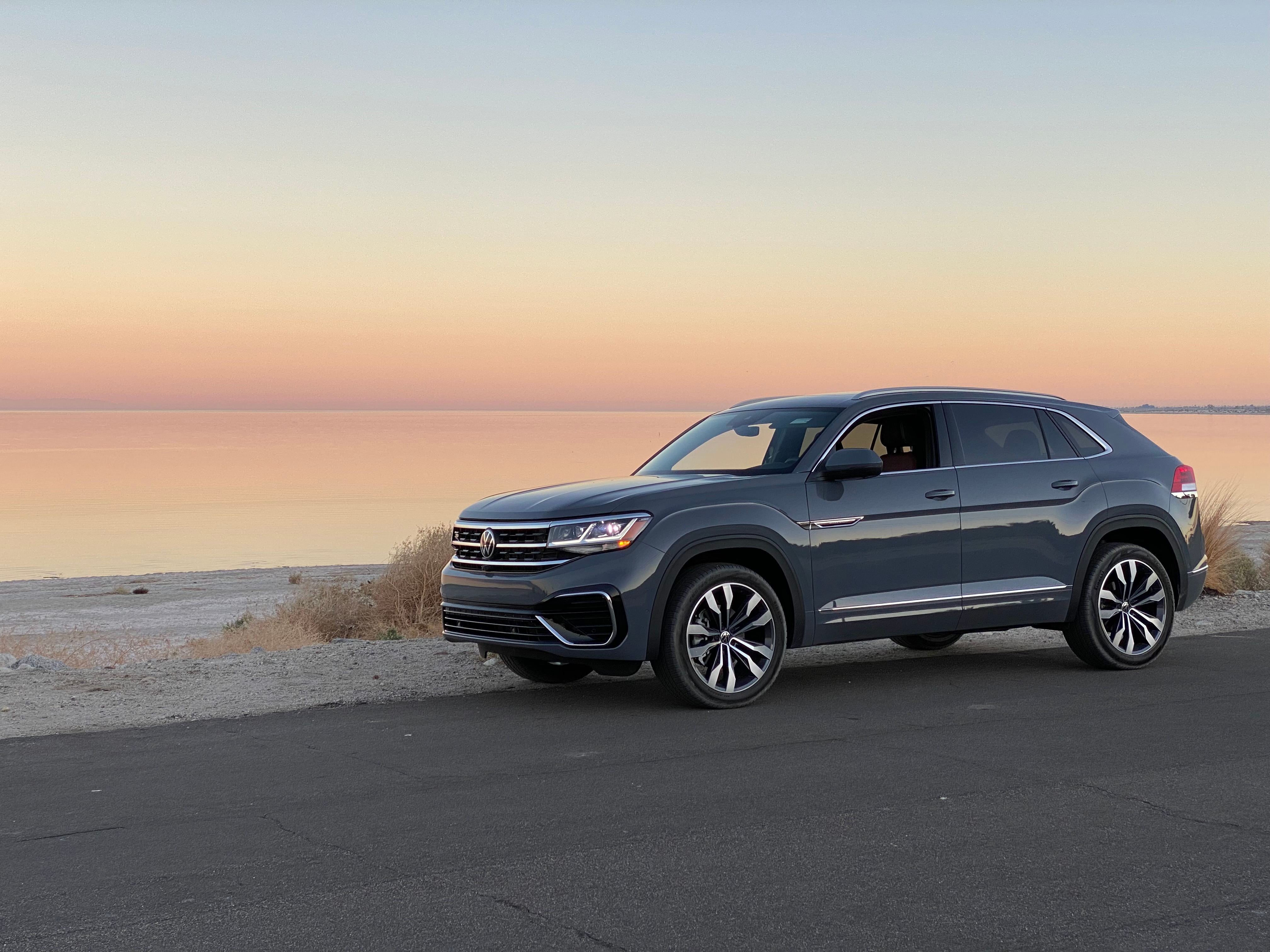
I put over 300 miles on the Atlas Cross Sport, taking it through Joshua Tree National Park and even scooting my way down to the Salton Sea. Part of my willingness to drive so far was due to it being nearly as comfortable as my old Touaregs. And part was due to what's under the hood.
The tailgate says that there's a V6 under there, and you see the same after opening the hood. The exhaust note told me that this is more than just a mere V6.
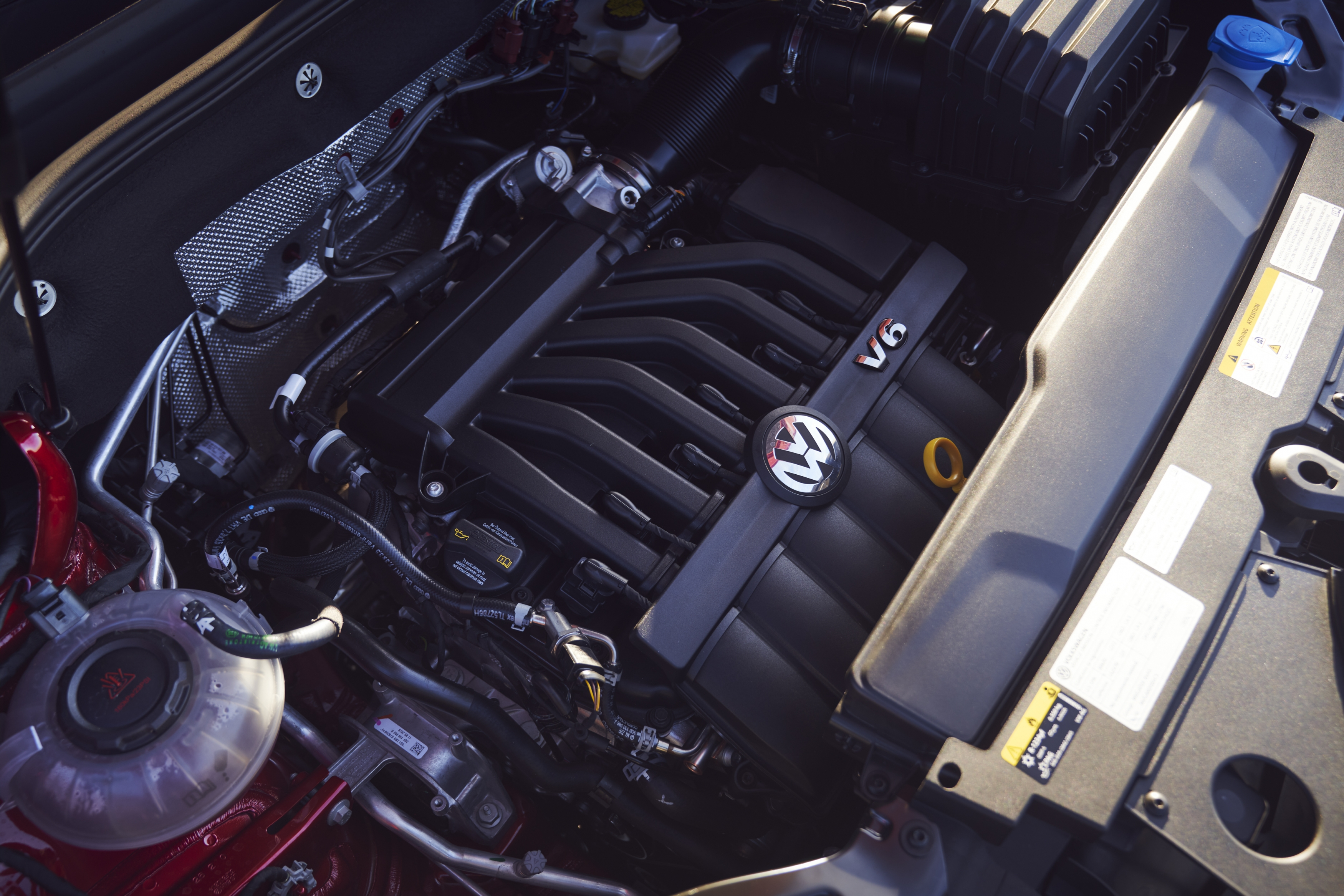
That engine is actually a rare configuration: it's a compact V-engine taking on some attributes from an inline. In this case, the engine is a 3.6-liter VR6 pumping out 276 horsepower and 266 lb-ft torque. Not bad for a 4,464-lb crossover.
Volkswagen has used variations of the VR6 since 1991 in various vehicles. Even my 2005 Touareg has a 3.2-liter, 240 HP, 229 lb-ft torque VR6.
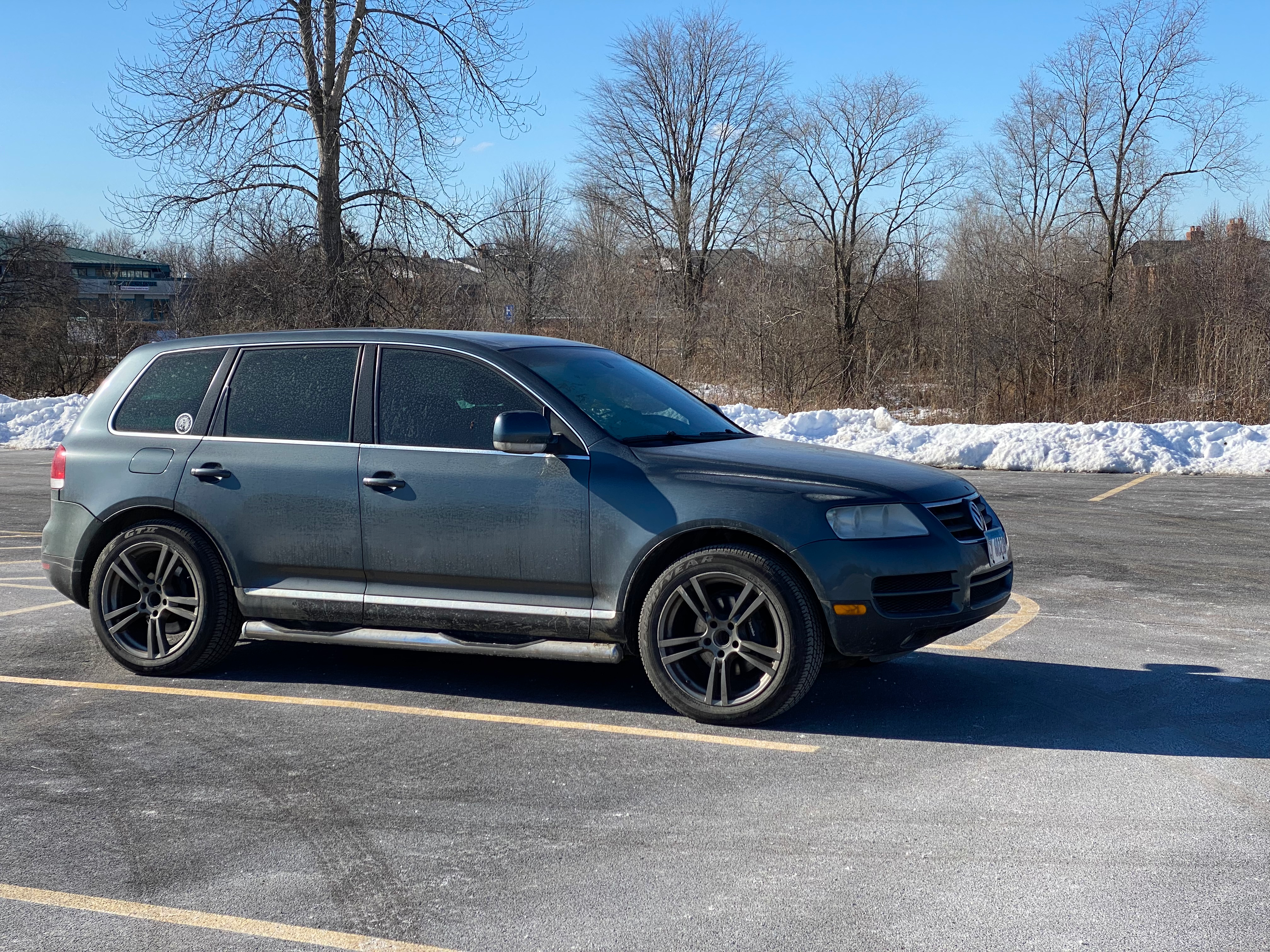
The "V" in the VR6 name refers to V-Motor while the "R" refers to Reihenmotor, or inline-engine in German. Put it all together and you get V-inline engine. But how can an engine be a V and inline at the same time, and why does it even exist?
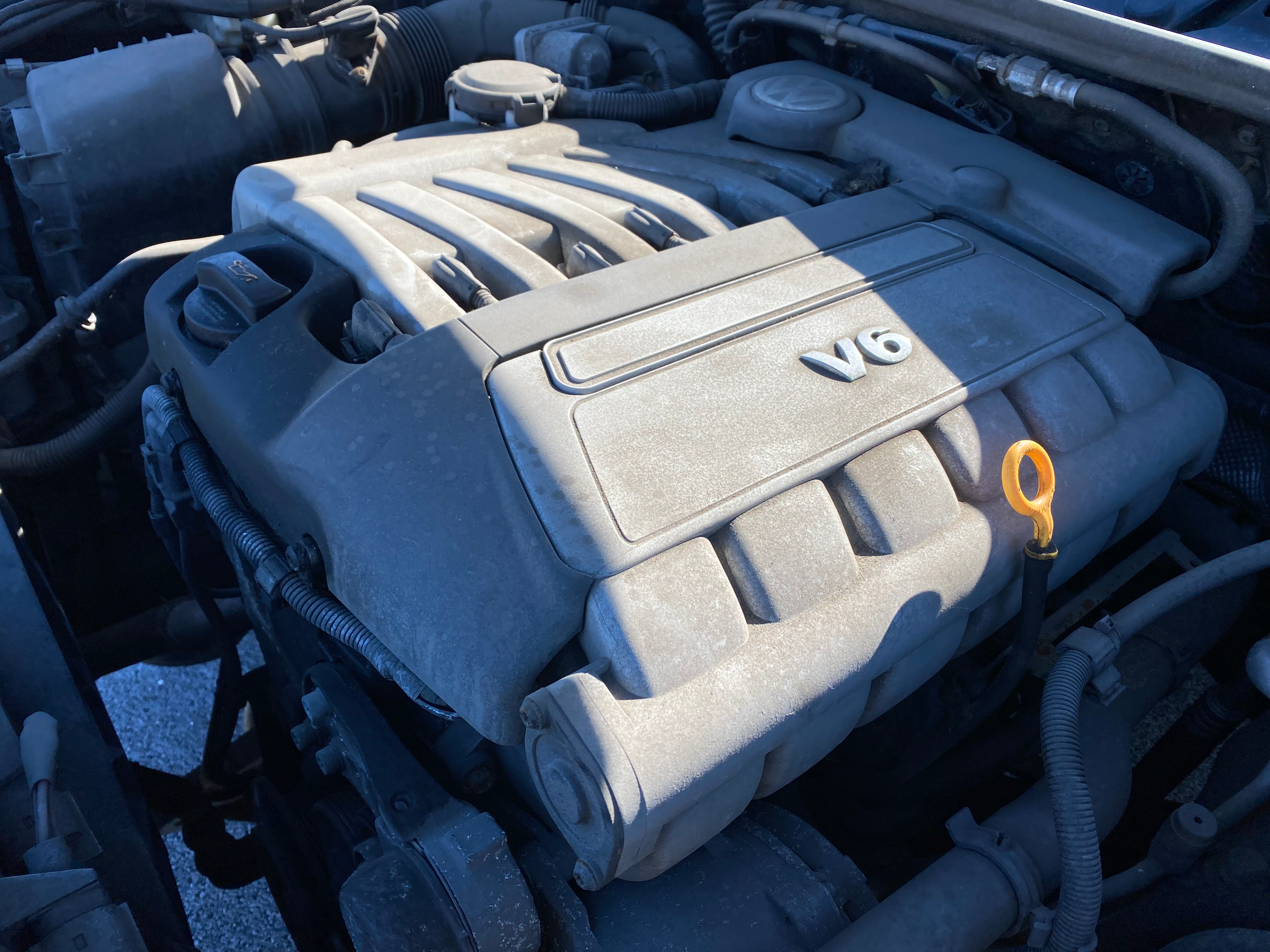
As Engine Labs explains, the reason that the VR6 exists has to do with packaging. To fit more cylinders into a space usually meant for a small inline four, you can use a compact V6.
But what if you need that engine even smaller? Here's where the VR engine comes in.
In 1991, Volkswagen unveiled its VR6 and fitted it into the Passat B3 and the Corrado. Wolfsburg didn't invent the narrow-bank angle V-engine. That reportedly goes to the 20-degree bank angle Lancia V4 that ran from 1922 to 1976. But Volkswagen is keeping it alive.
Instead of having a 60- or 90-degree angle between the cylinder banks like you'd see in a typical V-engine, Volkswagen's VR6 would space them out only 15 degrees.
To achieve this, the banks would now share a single cylinder head and be staggered out, taking on an appearance of both an inline and a V-engine at the same time.
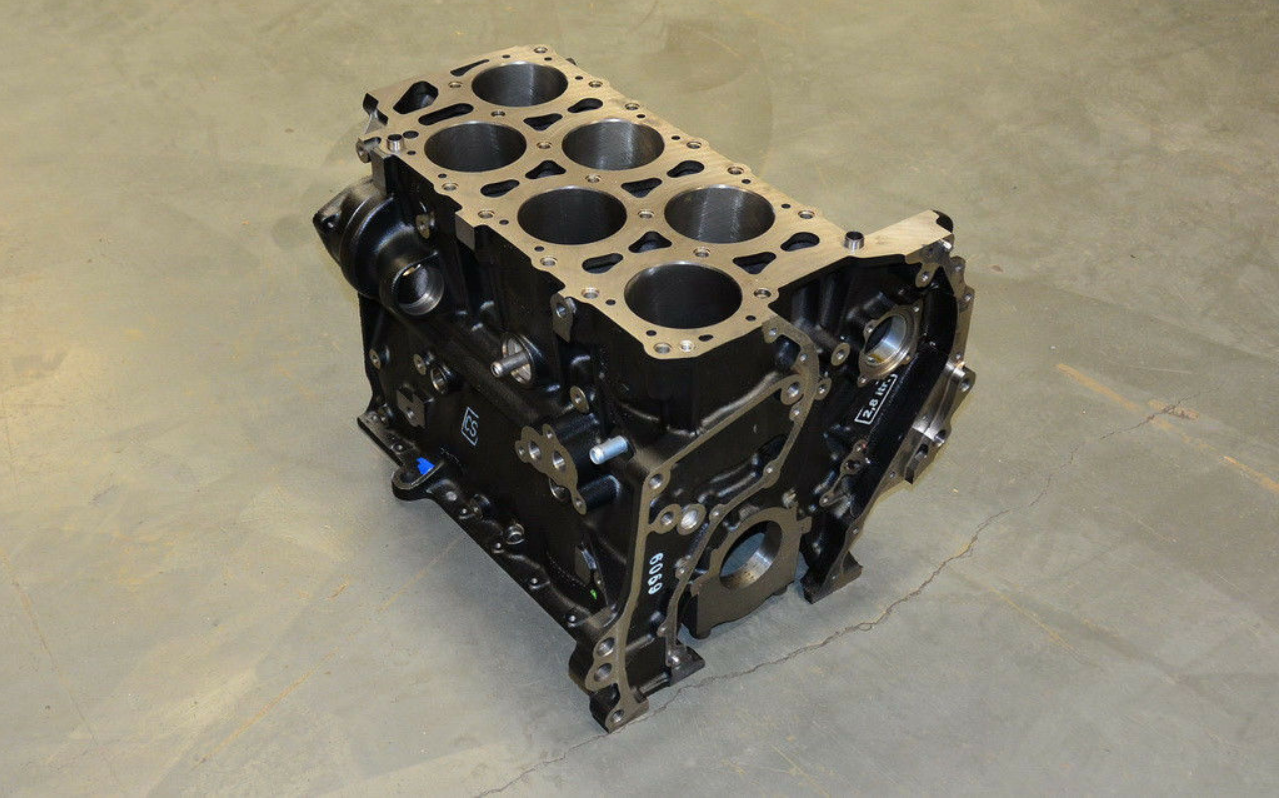
It didn't stop there, as having an engine with such a narrow bank angle and a single cylinder head creates some problems, explained by Engine Labs:
In order to maintain the typical 120-degree firing interval between the cylinders, the split-pin design offsets each bank's crank journal by 22 degrees. Another aspect of the engine design shared with inline engines is obvious when looking at the crankshaft. The crankshaft bears more resemblance to that of an inline-six crankpin arrangement than that of an even-fire (split-pin) V6 crankshaft.
These engines didn't just stay in their six-cylinder configurations. Volkswagen used the VR engine as the basis for its W8, W12 and W16. In these engines you get two VR cylinder heads banked 72 degrees apart and sharing a crankshaft.
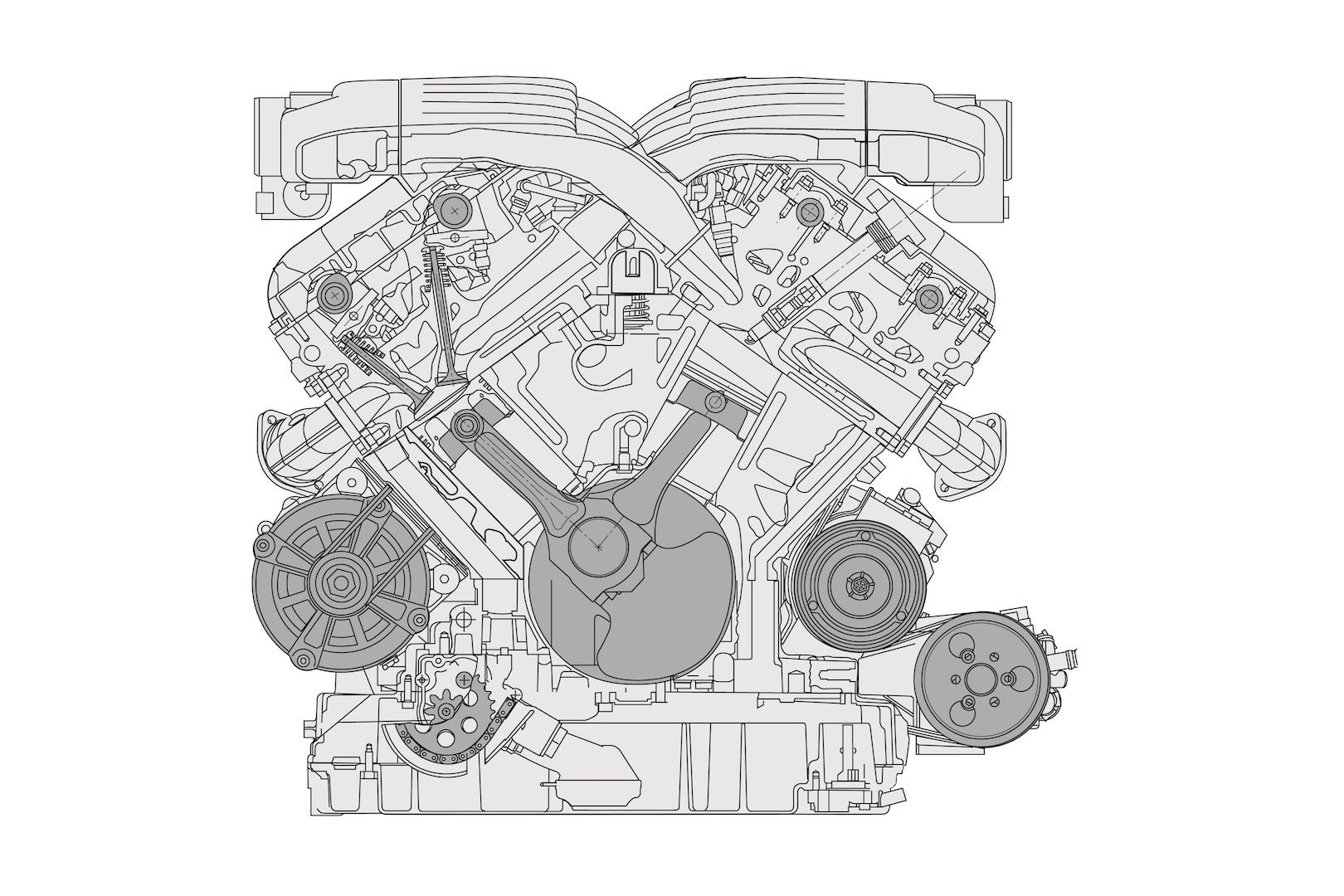
And whether the engine is a VR6 or a W, they have a soundtrack you wouldn't hear anywhere else. VR6 and W-engines also have timing chains that look like works of art, but are a nightmare when a component fails, necessitating their replacement.
Today, these engines remain a rare sight, being limited to Volkswagens, Linde Forklifts and Horex Motorcycles. Even as the world moves to alternative energies, I'm happy to see oddball solutions to the packaging constraints of engines still being used out there.
